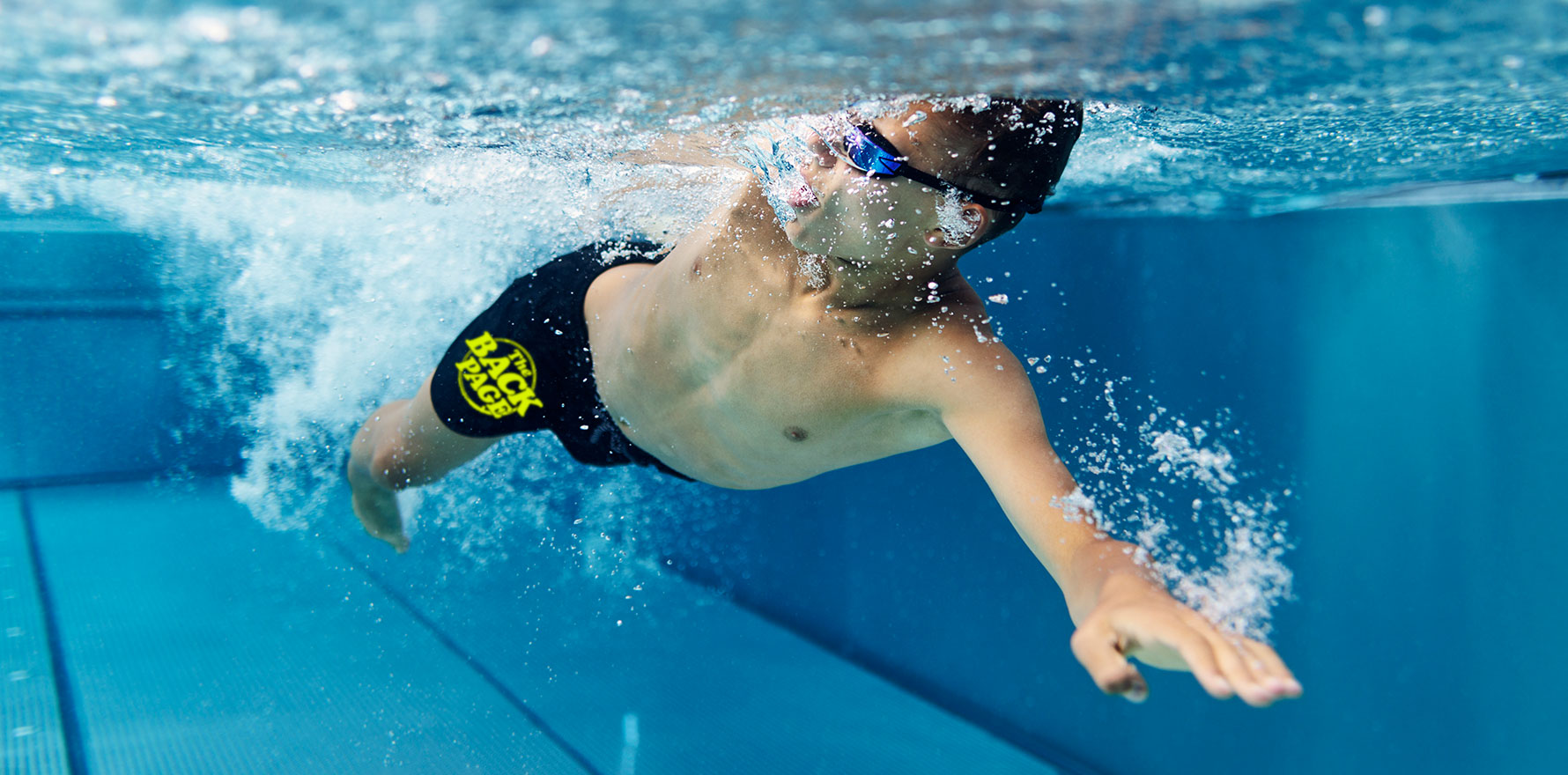Superhelix flow structures help those swimmers do the locomotion.
One of your Back Page correspondent’s favourite scenes from the seminal TV series Seinfeld is when the hapless character George Costanza learns his girlfriend has missed her period, possibly due to the use of faulty condoms supplied by the ever unreliable Kramer.
Rather than be concerned about an unplanned pregnancy, George is elated, declaring: “I can’t believe it! I’m a father! I did it! My boys can swim!”
As it transpires, George’s “boys” may have been doing more than just “swimming” as conventionally understood, but performing an altogether more complex manoeuvre designed to provide an advantage in their race towards the egg.
We have boffins from Melbourne’s Monash University to thank for the discovery that swimming sperm create swirling fluid vortices – shaped like rolling corkscrews – that not only enhance propulsion but also help keep the sperm on a direct path to their goal.
Publishing this week in Cell Reports Physical Science, the researchers detail how they used advanced imaging to reconstruct the 3D flow field around sperm, which revealed that there are vortices attached to the sperm cell that rotate in synchronised motion, which adds extra spin to the swimming process.
“Imagine taking a straight rubber band and twisting it into a spiral. Now, add another turn to create a superhelix – a tightly coiled, extra-twisted structure,” Professor Reza Nosrati, from Monash University’s Department of Mechanical and Aerospace Engineering, said in a media release.
“For sperm, this extra twist in the fluid enhances their movement, following them as it tightens, allowing them to swim more efficiently.
“As the sperm swims, its flagellum (tail) generates a whipping motion that creates swirling fluid currents that could optimise their propulsion in the reproductive tract.”
Which is all quite interesting, but does this more detailed knowledge of the mechanics of sperm propulsion have any practical implications?
Absolutely yes, says Professor Nosrati.
Understanding how sperm interacted with their fluid environment was not only crucial for reproductive science, these findings could have broader implications for understanding how other microscopic swimmers, such as bacteria, move and adhere to surfaces, she said.
This could then inform future studies on infection spread or biofilm formation.
Now there’s a twist we didn’t see coming.
Spin a yarn straight to penny@medicalrepublic.com.au.


